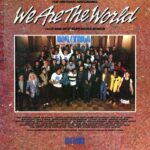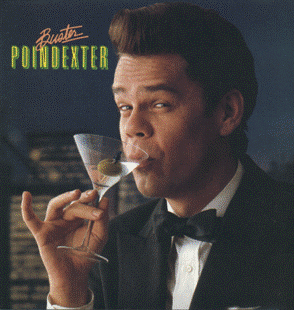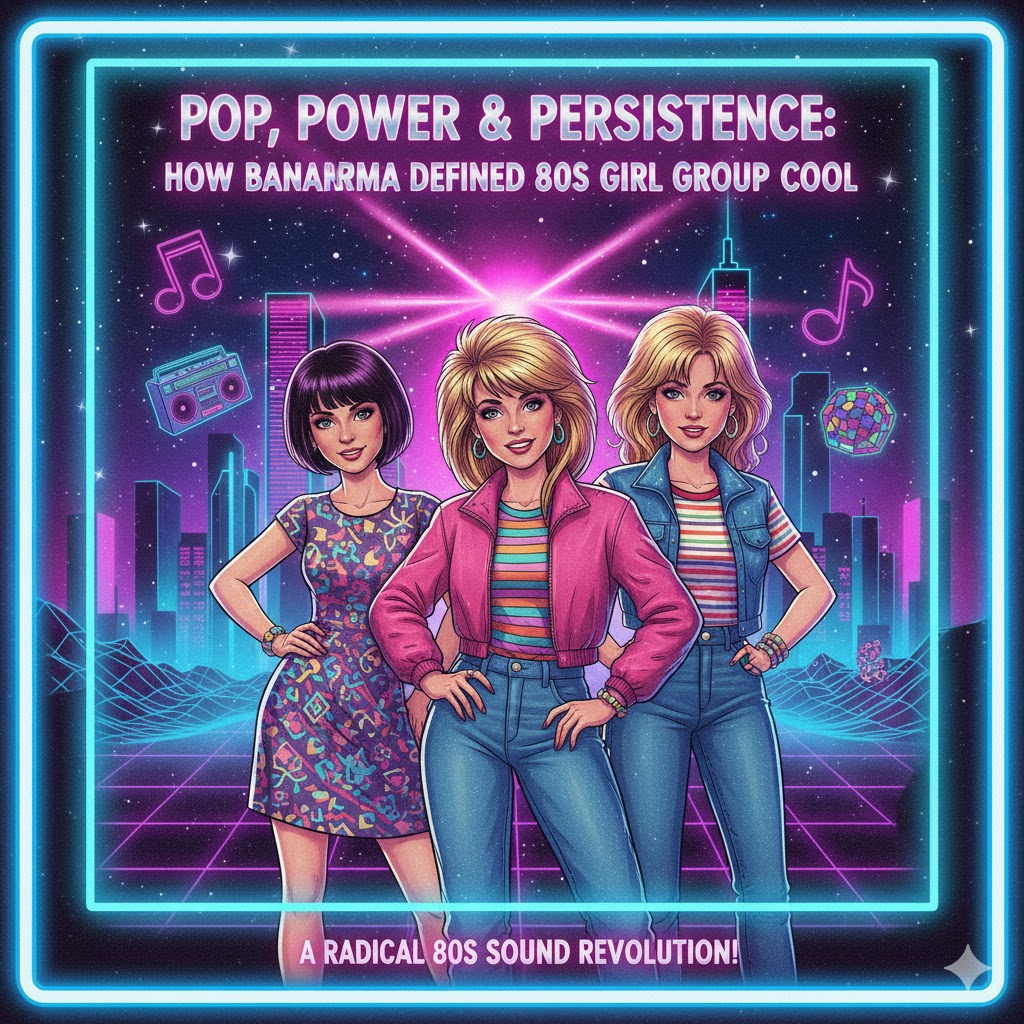 Few musical moments from the 1980s resonated quite like “We Are the World.” Released in March 1985, it wasn’t just a hit single—it was a global phenomenon. Written by Michael Jackson and Lionel Richie, produced by Quincy Jones, and performed by an all-star collective called USA for Africa, the song aimed to do more than top charts. It was a direct response to the devastating famine in Ethiopia, and it became a defining example of celebrity humanitarianism, mass media influence, and musical idealism. More than just a piece of pop culture, “We Are the World” captured a unique moment in time when music was harnessed with the ambition to heal a wounded planet.
Few musical moments from the 1980s resonated quite like “We Are the World.” Released in March 1985, it wasn’t just a hit single—it was a global phenomenon. Written by Michael Jackson and Lionel Richie, produced by Quincy Jones, and performed by an all-star collective called USA for Africa, the song aimed to do more than top charts. It was a direct response to the devastating famine in Ethiopia, and it became a defining example of celebrity humanitarianism, mass media influence, and musical idealism. More than just a piece of pop culture, “We Are the World” captured a unique moment in time when music was harnessed with the ambition to heal a wounded planet.
The early 1980s had seen unimaginable suffering in Ethiopia, where a famine was killing hundreds of thousands. Graphic footage of starving children and withering crops made its way to Western television screens, prompting a groundswell of public sympathy. In the UK, Bob Geldof and Midge Ure organized Band Aid in 1984, which led to the charity single “Do They Know It’s Christmas?”—a massive success in the UK that raised millions for famine relief. In the United States, singer and activist Harry Belafonte was inspired to launch a similar effort. Working with manager Ken Kragen, they reached out to Lionel Richie and Quincy Jones, who then brought in Michael Jackson. Together, Jackson and Richie wrote “We Are the World,” and what followed became one of the most ambitious musical collaborations in American history.
The song’s recording session has since become the stuff of legend. On January 28, 1985, following the American Music Awards, over 40 of the most iconic names in the music industry assembled at A&M Studios in Los Angeles. There was Bruce Springsteen, Stevie Wonder, Tina Turner, Billy Joel, Diana Ross, Bob Dylan, Ray Charles, and Willie Nelson, among many others. Even actors like Dan Aykroyd took part. Quincy Jones famously posted a sign at the studio’s entrance that read, “Leave your ego at the door.” With so many stars in one room, managing personalities could have been a nightmare, but the spirit of unity and the gravity of the cause seemed to override any competitive energy.
Each artist was carefully assigned a line in the song, and the chemistry was palpable. Lionel Richie opened the track alongside Stevie Wonder, their voices setting a hopeful tone. Paul Simon, Kenny Rogers, Tina Turner, and Billy Joel followed, each bringing their signature sound to the verses. Michael Jackson’s angelic tenor delivered one of the most memorable lines, while Bruce Springsteen growled his way through his part with passionate grit. The song culminated in a soaring chorus filled with overlapping voices, capped by Ray Charles’ emotional closing lines. It was a tapestry of American music, blending soul, rock, pop, country, and R&B into one harmonious plea for compassion.
“We Are the World” was lyrically direct, bordering on simple: “We are the world, we are the children, we are the ones who make a brighter day, so let’s start giving.” Its message wasn’t wrapped in metaphor or poetic ambiguity. It was a clear, emotional call to action. Critics at the time pointed to its sentimentality, even calling it heavy-handed. But its accessibility was part of its power. It was a song meant for everyone to sing—children, adults, artists, fans. It was meant to rally, not mystify.
When the single was released on March 7, 1985, it became an immediate success. It debuted at No. 21 on the Billboard Hot 100 and reached No. 1 the following week. It stayed at the top for four weeks, became the fastest-selling American pop single in history at the time, and eventually sold over 20 million copies worldwide. The fundraising impact was even more staggering: over $60 million was generated for humanitarian aid, with 90% of it directed to African famine relief and the rest supporting similar efforts within the United States.
Beyond the dollars raised, “We Are the World” became a cultural touchstone. It stood as a beacon of what pop culture could accomplish when it turned its gaze outward. It was proof that the fame and influence of entertainers could be redirected toward something far more meaningful than their next hit record or stadium tour. For many, the song became synonymous with the idea of global responsibility, with a generation of listeners raised to believe that caring for others was as natural as singing along to a chorus.
Not everyone embraced it without criticism. Some pointed out that celebrity efforts, however well-intentioned, often simplified complex global issues. Others worried that money raised through such efforts didn’t always reach those who needed it most. And musically, the song was a far cry from experimental or cutting-edge—it played like an anthem from a children’s choir, albeit one filled with Grammy winners. But these critiques didn’t erase the fact that, for millions of people, it meant something deeply personal. It was an invitation to empathy and a rare moment when pop culture felt aligned with global conscience.
The style of the song, its structure, and its video—all packed with famous faces in a single room singing toward the same goal—embodied the exuberance and earnestness of 1980s popular culture. This was an era that believed in big gestures. Television was becoming more powerful than ever, and music videos were a global force thanks to MTV. “We Are the World” was perfectly suited to this environment. Its video, filmed during the actual recording session, aired repeatedly on television, bringing audiences not just the song but the visual proof of the collaboration behind it. It felt real, it felt urgent, and it reached hearts around the world.
The song’s legacy continued well beyond its chart run. It inspired Live Aid later that summer—an all-day concert broadcast live around the globe that raised even more money and awareness. It laid the groundwork for future celebrity charity efforts, like 2010’s “Hope for Haiti Now” or the “Twenty-five for Haiti” remix of “We Are the World” itself, which featured modern artists like Kanye West, Justin Bieber, and Pink. While the newer version brought the song back to public consciousness, nothing quite matched the original’s emotional heft and cultural significance.
Today, “We Are the World” remains a powerful reminder of what’s possible when artists put collaboration over competition. It stands as a time capsule of mid-80s idealism and a benchmark in the history of music as activism. Long after its release, schools continue to teach its chorus to children, documentaries revisit its making, and its message resurfaces whenever the world finds itself in crisis.
The song didn’t end world hunger. It didn’t solve geopolitical problems or reinvent aid distribution. But it offered something vital—hope. It showed that the world could pay attention. That entertainers could take real steps toward change. That unity wasn’t just a lofty idea, but something people could strive for—even if only for the length of a single song.
More than 35 years later, “We Are the World” still resonates. Not because of the number of records it sold or how many celebrities were involved, but because of the rare sincerity at its core. It asked people to care, and millions did. It might not have saved the world, but it gave the world a reason to believe it could be saved—and that’s a message still worth singing.


